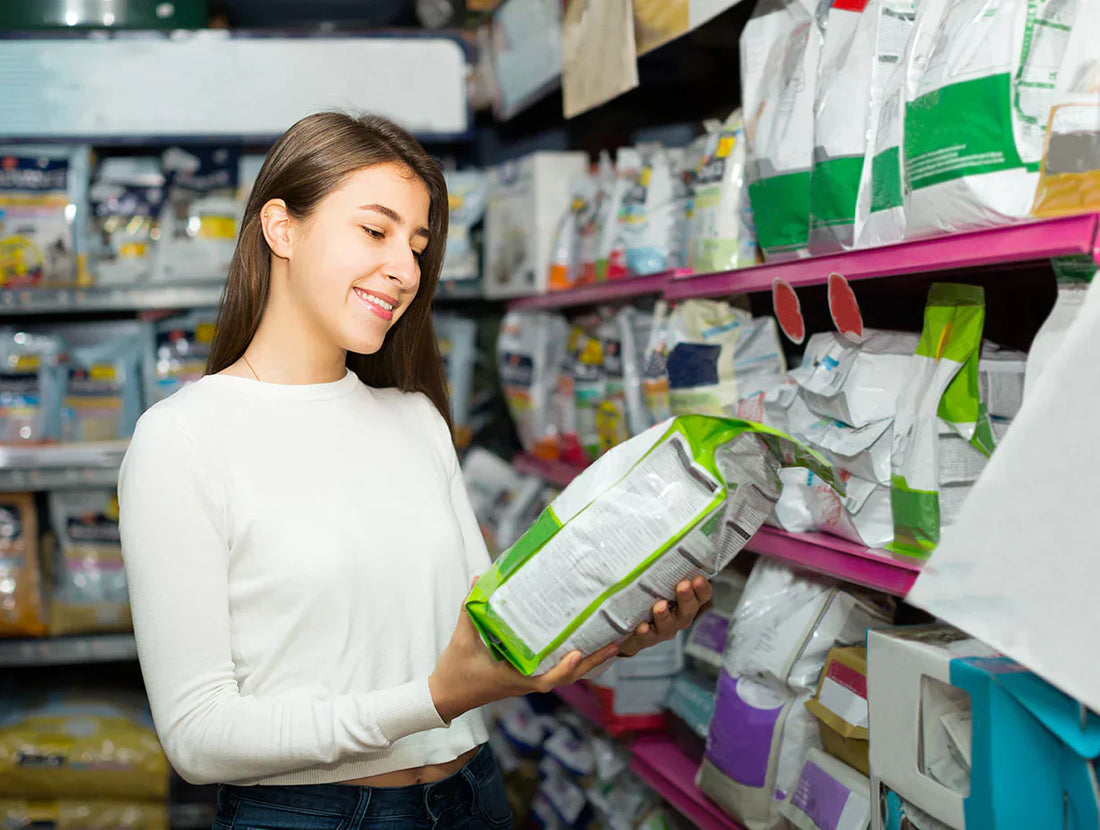Choosing the right food for your pet is one of the most important decisions you can make as a pet parent. With so many options available, the debate between dry food (kibble) and wet food (canned or pouch food) remains a hot topic. Both have their advantages and disadvantages, and the best choice depends on your pet’s needs, preferences, and overall health. In this guide, we will break down the pros and cons of each type to help you make an informed decision.
Benefits of Dry Pet Food (Kibble)
1. Convenience and Storage
Dry pet food is easy to store and has a longer shelf life compared to wet food. You can buy it in bulk and leave it in a bowl without worrying about spoilage.
2. Cost-Effective
Kibble is generally more affordable than wet food, making it a budget-friendly option for pet owners with multiple pets.
3. Dental Health Benefits
Crunchy kibble can help reduce plaque and tartar buildup, promoting better oral hygiene for your pet.
4. Less Messy
Dry food is easier to handle, doesn’t leave a strong smell, and doesn’t require refrigeration after opening.
5. Nutritional Balance
Many high-quality dry pet foods contain well-balanced nutrients, vitamins, and minerals necessary for your pet’s health.
Potential Downsides of Dry Food:
-
Lower Moisture Content: Can contribute to dehydration, especially for pets that don’t drink enough water.
-
Less Palatable: Some pets may find dry food less appealing than wet food.
Benefits of Wet Pet Food (Canned or Pouch Food)
1. High Moisture Content
Wet food contains 70-80% water, making it a great option for pets who don’t drink enough water, helping prevent dehydration and urinary tract issues.
2. More Palatable
The strong aroma and soft texture of wet food make it more appealing, especially for picky eaters, senior pets, or pets with dental issues.
3. Easier to Digest
The softer consistency of wet food is easier to chew and digest, making it ideal for older pets, puppies, and kittens.
4. Fewer Carbohydrates
Many wet food options contain fewer carbohydrates and more protein, which can be beneficial for pets needing a high-protein diet.
Potential Downsides of Wet Food:
-
Shorter Shelf Life: Once opened, wet food must be refrigerated and used within a couple of days.
-
More Expensive: Wet food tends to be costlier than kibble.
-
Messier to Serve: Handling and serving wet food can be less convenient compared to dry food.
Which One is Better for Your Pet?
There’s no one-size-fits-all answer. The best choice depends on several factors, including:
1. Age and Health Conditions
-
Puppies & Kittens: Wet food is easier to chew and digest, making it a great option for young pets.
-
Senior Pets: Wet food is ideal for older pets with dental issues.
-
Pets with Urinary or Kidney Issues: Wet food’s high moisture content helps with hydration and urinary health.
2. Dietary Preferences
Some pets prefer the crunchiness of kibble, while others love the taste and texture of wet food. If your pet is picky, mixing both can be a good option.
3. Budget
If you are on a tight budget, high-quality dry food might be the better option. However, if affordability is not an issue, incorporating wet food can offer additional health benefits.
4. Lifestyle and Convenience
For busy pet owners, kibble offers a more convenient feeding option. If you have the time to store and serve wet food properly, it can be a great addition to your pet’s diet.
The Best of Both Worlds: Mixing Dry and Wet Food
Many pet owners choose to feed a combination of both dry and wet food. This approach provides a balance of hydration, palatability, and convenience while ensuring your pet gets all the necessary nutrients. Here are some tips for mixing:
-
Gradually Introduce Wet Food: If your pet is used to kibble, mix a small amount of wet food into their meal and increase gradually.
-
Maintain Proper Portions: Ensure you are not overfeeding by adjusting portion sizes based on calorie content.
-
Monitor Your Pet’s Reaction: Keep an eye on your pet’s digestion, stool consistency, and overall health when introducing a mixed diet.
Final Thoughts
Both dry and wet pet food have their pros and cons, and the best choice depends on your pet’s specific needs. If hydration, taste, and digestion are priorities, wet food is a great option. If convenience, affordability, and dental health matter most, dry food is a solid choice. Ultimately, consulting with your veterinarian can help determine the best diet plan for your furry companion.
No matter what you choose, always opt for high-quality pet food with natural ingredients to keep your pet happy and healthy! 🐾

